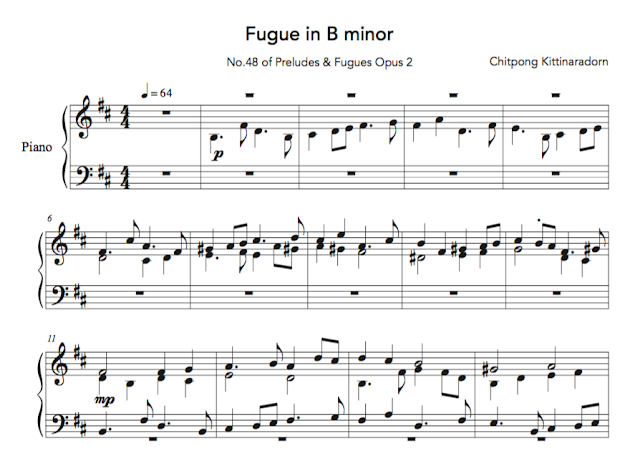547 Jataka Tales Piano Works Op. 3 Part 1 is released

Jataka Tales are stories of previous births of Lord Buddha before his last and final birth as Gotama Buddha in around 500 B.C. In Buddhism, one needs to commit oneself to many good deeds in many lives before being able to achieve full awakening and becomes a Buddha to teach fellow beings so they too could be permanently freed from suffering. There are 547 of these stories, from which the first 28 were the subjects of Part 1 of this piano work compositions. The selection of the first 28 into Part 1 of this project was of an unusual circumstance. Right after the completion of 48 Preludes & Fugues Op. 2, I felt that I was propelling myself into something. It was a time of great change in me, primarily in spiritual journey that I began to re-discover what I left off few years ago. At the time, I strongly felt that composing music would help me find and walk the path. Music was a mean to an end. I decided to take it to the extreme, by committing myself to compose piano musi...





